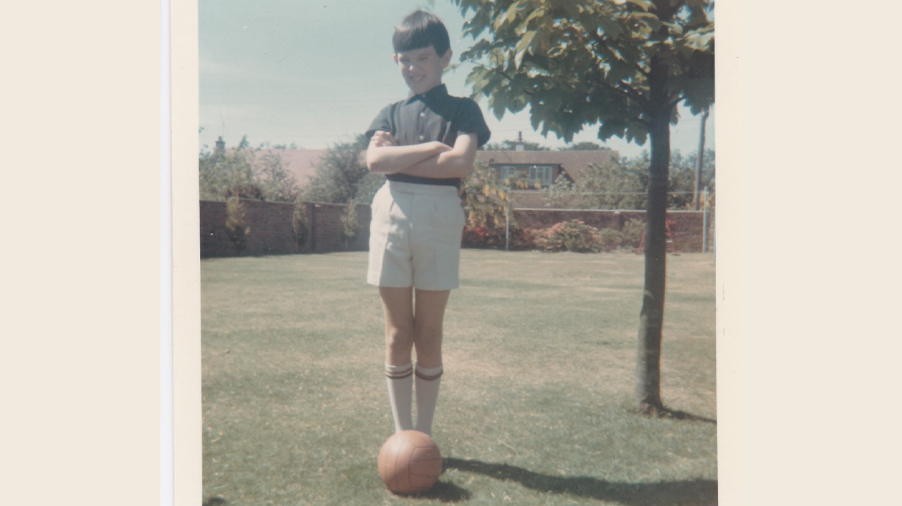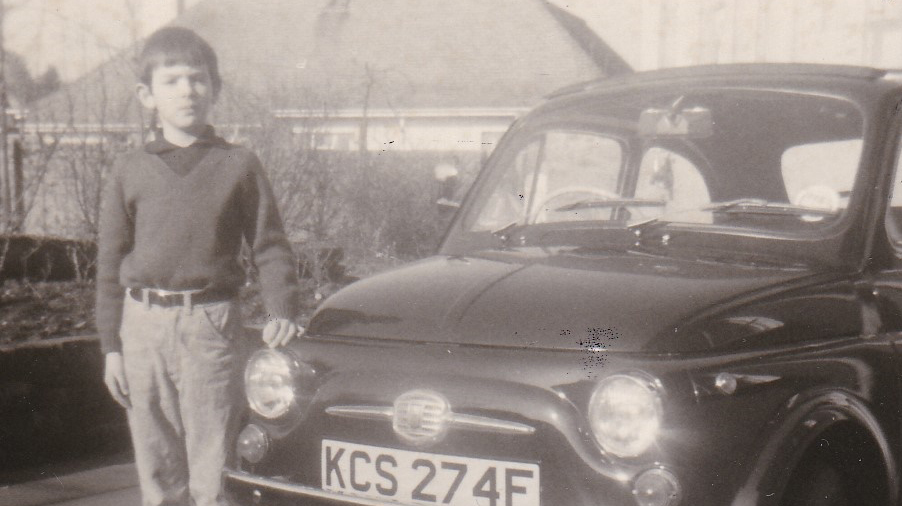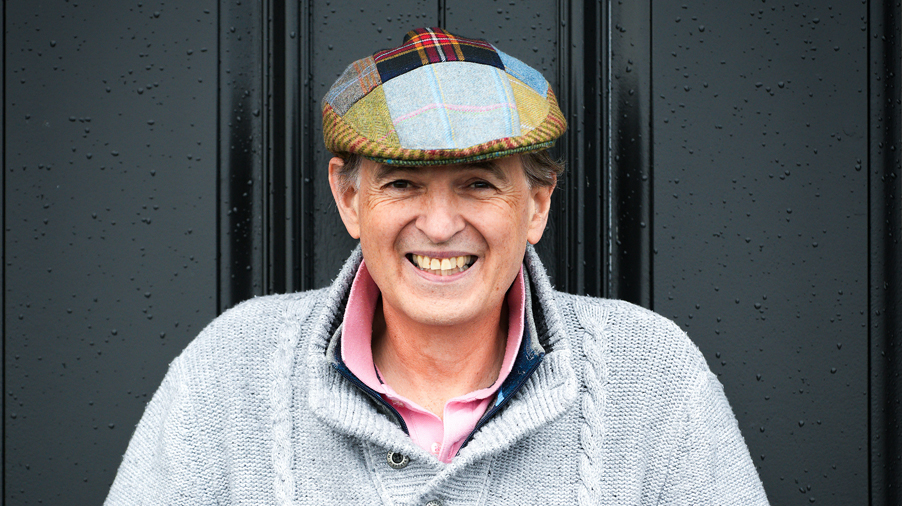News
Embracing Neurodiversity: A Journey of Resilience and Hope

My journey began in the 1970s, a time fraught with misunderstandings and limited awareness about neurodiversity. It was an era where my challenges with dyslexia were just starting to surface, yet they would come to define much of my educational, personal and life experiences.
The first glimpse into the complexities of my neurodivergent journey occurred during an interview for admission to a school in Llandudno, Wales. Despite its non-academic focus, the headmaster's discerning eye noticed something beyond the norm. He delicately broached the topic of dyslexia, planting the seed of awareness in my family's mind.
However, during my time at preparatory school in Scotland, UK, the echoes of my struggles with dyslexia fell on deaf ears. Despite my father's attempts to advocate for my needs, the school remained obstinately dismissive, unwilling to acknowledge the broader spectrum of challenges I faced. Unfortunately, the school didn’t believe that Dyslexia existed at the time.
It was not until a family friend intervened, arranging for a child sociologist to conduct tests in the comfort of my own home, that the pieces of the puzzle began to fall into place. The diagnosis of dyslexia didn’t make much difference at the time as I had already gone into my own shell. It was only when I started school in Sussex, England over two years later, that I began to understand why I had been struggling with basic social interactions and academic pursuits, validating the years of silent frustration.
Throughout my educational journey, I found myself grappling with reading, writing, arithmetic, concentration and coordination, I was trailing behind my peers as they advanced through the curriculum, and found myself held back a year. The once-promising avenues of sports and extracurricular activities became arenas of exclusion, where my coordination and skills were tested and found wanting.

Even the simple joys of childhood, like playing with toys or my choice to delay opening gifts until after Christmas morning, were tinged with the nuances of my neurodiversity. I sought solace in the meticulous organisation of my belongings, finding comfort in the orderliness of familiar routines.
Yet, amidst the struggles and setbacks, there were moments of profound resilience and hope. Despite the aversion to change and the overwhelming sensations of being in unfamiliar environments, I found the courage to confront the challenges head-on.
The decision to lay bare my experiences in "Making A Mark: Discovering the Power of Neurodiversity on a Learning Safari" was not an easy one. It required me to revisit moments of vulnerability and pain, confronting the stigma and misconceptions that often shroud neurodiversity. Through the process of the book, I gradually came to the realisation that I might also be dealing with Attention Deficit Disorder (ADD), Attention Deficit Hyperactivity Disorder (ADHD), and perhaps Asperger's or Autism. This new insight has helped to shed light on numerous aspects of my past. It is my hope that the book combined with the wealth of information available now and the awareness I am trying to create, will offer similar lightbulb moments to individuals living with different neurodiverse conditions, as well as family members, teachers and others that are in a position to provide help and guidance. In the 1970’s, they said I was solely dyslexic, but I had other neurodiverse conditions I was struggling with as well; Dyscalculia, Dysgraphia and Dyspraxia. For the purpose of “Making A Mark,” different characters were introduced with each of the conditions, to make it clearer for the reader to distinguish between the different traits, however just like me it is not uncommon for individuals to live with multiple conditions. All of the above can have a profound impact on one’s mental health, not just at the time but throughout your life.
The process of digging deep into my past and peeling back the layers of adversity enabled me to discover a deeper purpose – to shine a beacon of hope for neurodiverse individuals around the world. Through the pages of "Making A Mark,” I strive to offer a glimpse into the lived experiences of neurodiversity, fostering empathy and understanding in a world that often misunderstands.

My hope is that "Making A Mark" will be a catalyst for change, igniting conversations and challenging societal norms. By shedding light on the complexities of neurodiversity, I aspire to pave the way for greater acceptance and inclusivity.
For every neurodiverse individual who has felt unseen or unheard, "Making A Mark" is a testament to resilience, courage, and the power of embracing one's unique journey. Together, we can create a world where neurodiversity is celebrated, not stigmatised, and every voice has the power to make a mark.
BACK TO NEWSTo see the full range of Bronze Sculpture Furniture...
...or commission your own bespoke sculpture
